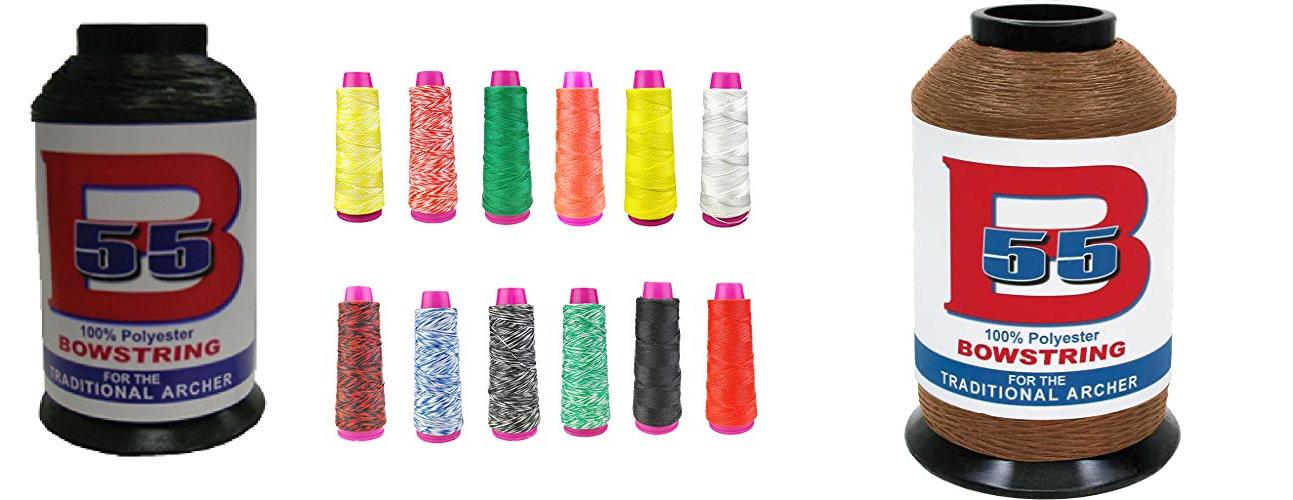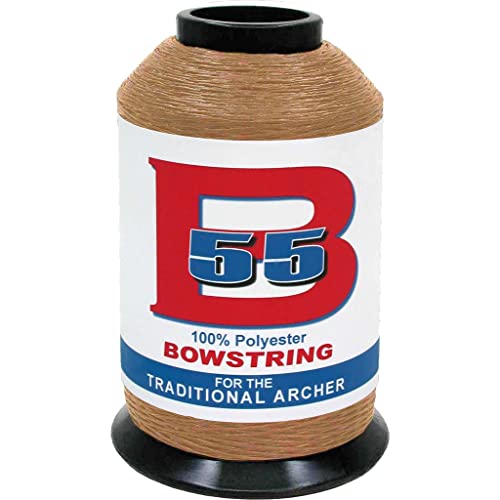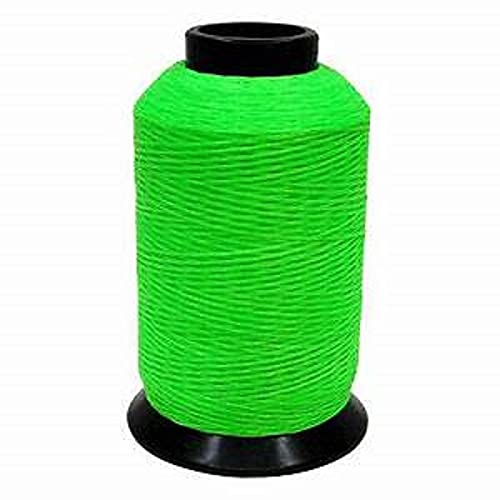Ever wondered what makes a bowstring sing? It’s not just about the wood of the bow; the string itself is crucial for accuracy, power, and longevity. Choosing the right bowstring material can feel like navigating a maze of confusing technical terms and conflicting recommendations. Are you overwhelmed by the choices of Dacron, FastFlight, or even exotic materials like Angel Majesty? Making the wrong choice can mean inconsistent shots, reduced accuracy, and even damage to your bow. You might even waste money on a string that doesn’t perform as expected.
This guide cuts through the confusion. We’ll explore the most popular bowstring materials, explaining their properties in simple terms. You’ll learn about the strengths and weaknesses of each, understand how they affect your bow’s performance, and discover which material best suits your needs and budget. By the end, you’ll be confident in choosing the perfect bowstring and enjoying a more accurate and powerful shooting experience. Let’s dive into the world of bowstring materials!
Our Top 5 Bow String Material Recommendations at a Glance
Top 5 Bow String Material Detailed Reviews
2. AMEYXGS Archery 110m Bowstring Material Dacron Bowstring Rope Making Thread (Black)
Rating: 9.4/10
The Ultimate Bowstring Material Buying Guide: Choosing the Right String for Your Bow
Choosing the right bowstring material is crucial for accuracy, durability, and safety. A poorly chosen string can lead to poor performance and even injury. This guide helps you navigate the world of bowstring materials so you can make an informed decision.
Key Features to Look For
- Strength: The string must withstand the force of your bow’s draw weight without breaking. Look for strings rated for higher draw weights than your bow requires.
- Durability: A durable string lasts longer and requires less maintenance. You want a string that resists wear and tear from repeated use.
- Stretch: Minimal stretch is essential for accuracy. A string that stretches too much will affect your arrow’s trajectory.
- Speed: Faster strings can improve arrow speed and accuracy. This is especially important for hunting or target archery.
- Quietness: Some materials are quieter than others. A quieter string is better for hunting and reduces noise pollution.
- Ease of Installation: Some strings are easier to install than others. Consider your experience level when making your choice.
Important Materials
Several materials are used to make bowstrings. Each has its own advantages and disadvantages.
- Fast Flight String Material: This synthetic material is very popular. It’s known for its speed, durability, and low stretch. It’s a good choice for most archers.
- Dacron: Dacron is a classic material, known for its reliability and relatively low cost. It’s a good option for beginners or those on a budget. However, it’s slower than some other materials.
- Braid: Braided bowstrings offer a good balance of strength, durability, and speed. They come in different materials, each with slightly different characteristics.
- Other Materials: Some specialized bowstrings use materials like Vectran or Dyneema. These are extremely strong and durable, but often more expensive.
Factors that Improve or Reduce Quality
Several factors affect the quality of a bowstring.
Improved Quality: High-quality materials, precise manufacturing, proper serving (the wrapping on the string), and careful maintenance all contribute to a longer-lasting, more accurate bowstring.
Reduced Quality: Poor materials, sloppy manufacturing, inadequate serving, and neglecting maintenance will shorten the life of your string and reduce its accuracy. You might even experience breakage.
User Experience and Use Cases
Beginner Archers: Beginners should start with durable, easy-to-install strings like Dacron. These are less expensive and forgiving.
Experienced Archers: Experienced archers might choose high-performance materials like Fast Flight or braided strings to maximize speed and accuracy. They may also be comfortable installing strings themselves.
Target Archery: For target archery, you’ll want a string with minimal stretch and high consistency. Fast Flight strings are a common choice.
Hunting: Hunting requires a durable, quiet, and fast string. Braided materials are popular for hunting.
10 Frequently Asked Questions (FAQ)
Q: How often should I replace my bowstring?
A: This depends on usage, but most archers replace their strings every 6 months to a year, or sooner if they show signs of wear.
Q: How do I know when to replace my bowstring?
A: Look for fraying, serving separation, or unusual stretching. If you notice any of these, it’s time for a new string.
Q: Can I install a bowstring myself?
A: It’s possible, but it requires specialized tools and knowledge. It’s safer to have a professional install it, especially if you’re a beginner.
Q: What is serving on a bowstring?
A: Serving is the protective wrapping on the string. It helps prevent wear and tear.
Q: What’s the difference between Fast Flight and Dacron?
A: Fast Flight is faster, more durable, and less stretchy than Dacron, but it’s also usually more expensive.
Q: How do I choose the right string for my bow?
A: Make sure the string is rated for your bow’s draw weight and length. Check the manufacturer’s specifications.
Q: What is the best bowstring material?
A: The “best” material depends on your needs and preferences. Fast Flight is a popular choice for its speed and durability.
Q: How much does a bowstring cost?
A: Prices vary depending on the material and length. Expect to pay anywhere from $20 to $100 or more.
Q: Can I use any bowstring on any bow?
A: No. The string must be the correct length and rated for your bow’s draw weight.
Q: Where can I buy bowstrings?
A: You can buy bowstrings from archery shops, online retailers, and some sporting goods stores.
In conclusion, every product has unique features and benefits. We hope this review helps you decide if it meets your needs. An informed choice ensures the best experience.
If you have any questions or feedback, please share them in the comments. Your input helps everyone. Thank you for reading.
Hi, I’m Robert Contreras, a passionate archery instructor based in the USA. With years of experience under my belt, I’ve dedicated my life to mastering the art of archery and sharing its intricacies with enthusiasts of all levels. Through my website, 10Bows.com, I invite you to explore a treasure trove of tips, techniques, and personal insights that reflect my journey in the world of archery. Whether you’re picking up a bow for the first time or refining your skills, I’m here to help guide you toward precision, focus, and a deeper appreciation for this timeless sport.





